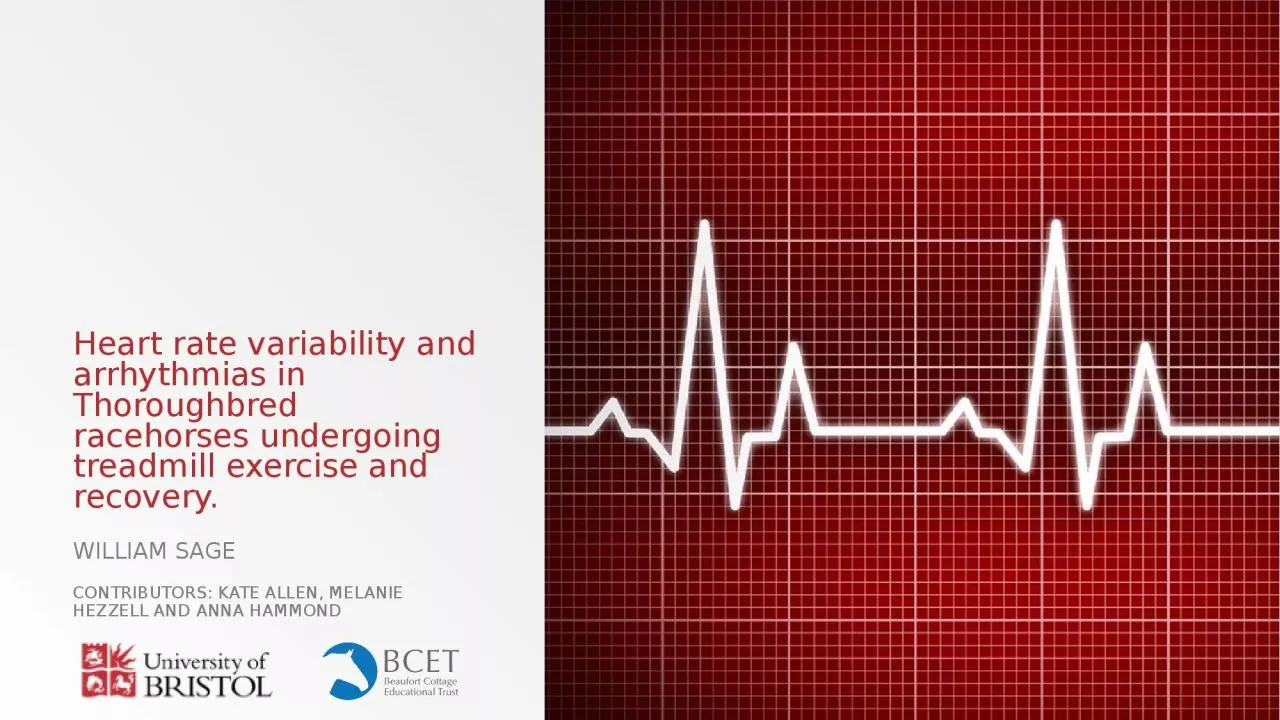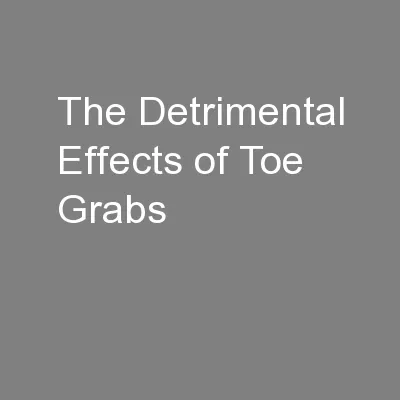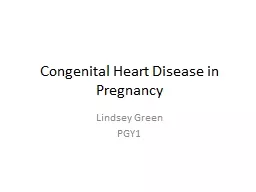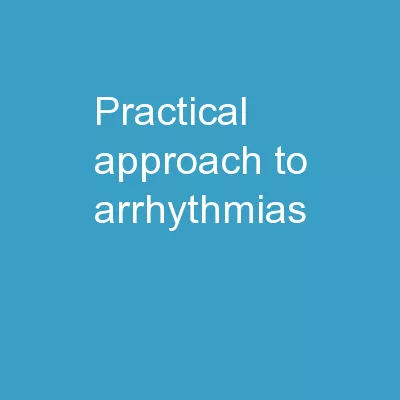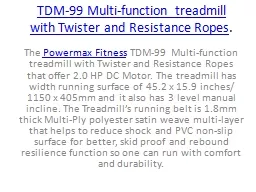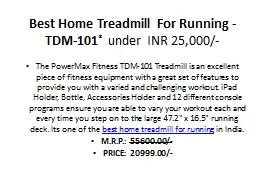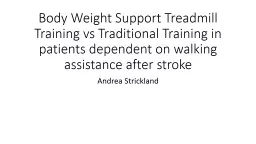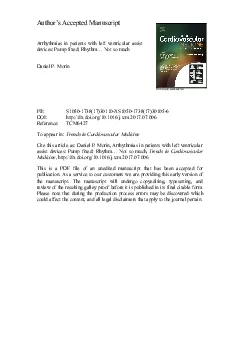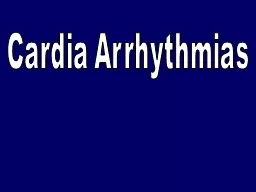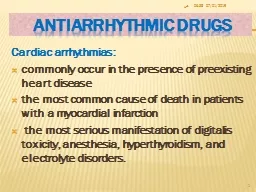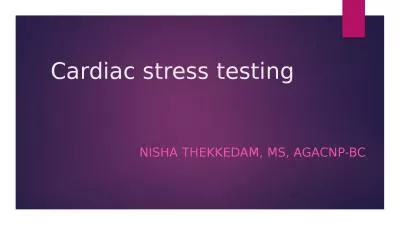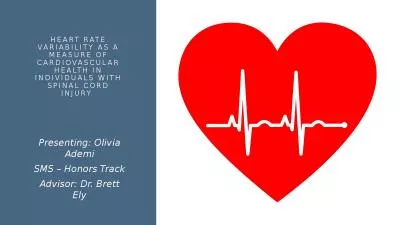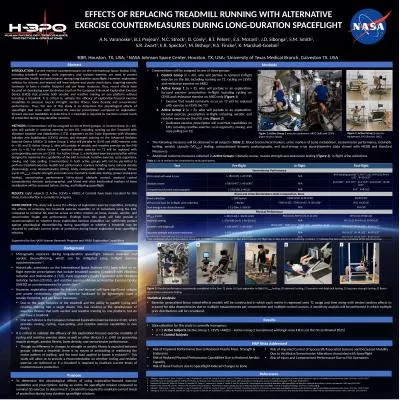PPT-Heart rate variability and arrhythmias in Thoroughbred racehorses undergoing treadmill
Author : LaughsALot | Published Date : 2022-08-02
William Sage contributors Kate Allen Melanie Hezzell and Anna Hammond HEART RATE VARIABILITY HRV Beattobeat heart rate variations Neurohormonal control HR is dynamic
Presentation Embed Code
Download Presentation
Download Presentation The PPT/PDF document "Heart rate variability and arrhythmias i..." is the property of its rightful owner. Permission is granted to download and print the materials on this website for personal, non-commercial use only, and to display it on your personal computer provided you do not modify the materials and that you retain all copyright notices contained in the materials. By downloading content from our website, you accept the terms of this agreement.
Heart rate variability and arrhythmias in Thoroughbred racehorses undergoing treadmill: Transcript
Download Rules Of Document
"Heart rate variability and arrhythmias in Thoroughbred racehorses undergoing treadmill"The content belongs to its owner. You may download and print it for personal use, without modification, and keep all copyright notices. By downloading, you agree to these terms.
Related Documents

